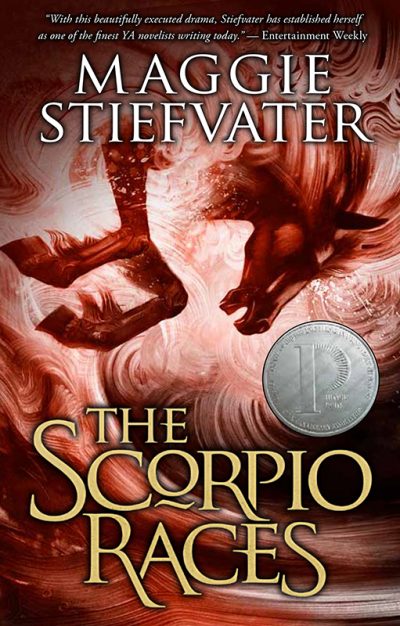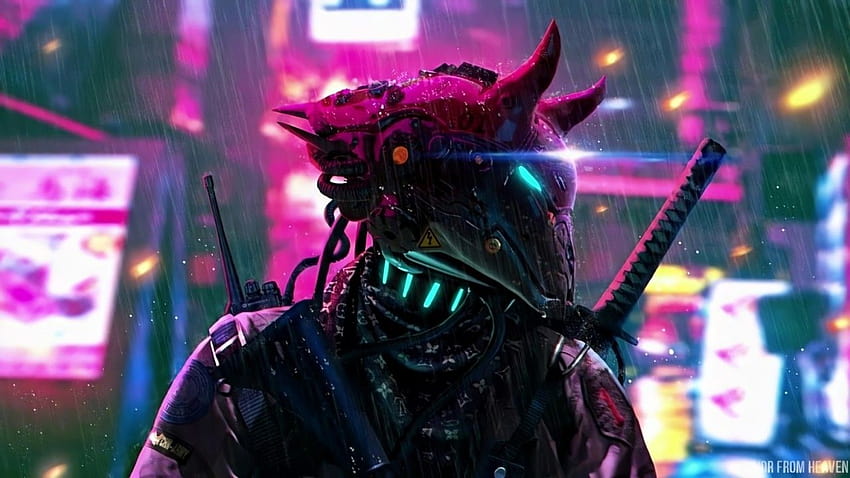Use the Power of Emotion:
Persuasive Storytelling
Emotional storytelling is a powerful tool that allows the writer to connect to the reader by appealing to a reader’s emotions. Tapping into your audience by evoking empathy, sympathy, joy, or other relevant feelings, writers can influence a reader’s opinions, decisions, and behaviors. Methods such as advocating for a cause, inspiring action, sharing personal stories or experiences, and showing the impact through vivid descriptions, real-life examples, and sensory details enhance the readers’ engagement, memorability, and most of all persuasion as you connect. This blog will discuss how to write emotional storytelling by improving your writing craft.
Understanding Emotional Triggers. The writer needs to understand emotional triggers and how they can be leveraged for persuasion. Many emotional triggers are amplified in some of the best books:
Fear keeps us turning the pages of The Stand by Stephen King in his epic post-apocalyptic novel giving us a deadly pandemic and exploring the ensuing chaos and violence caused by it. Thus making readers reflect on their fears and the fragility of society.
Curiosity is evident in The Martian by Andy Weir when the protagonist, Mark Watney, uses his ingenuity to survive alone on Mars, keeping readers engaged as they wonder how he’ll overcome each challenge.
Empathy is found in tears and joys alike in The Book Thief by Markus Zusak when this historical fantasy novel creates a deep empathy for a young girl living in Nazi Germany. Through the writer’s unique narrative perspective and emotionally charged storytelling we watch hardships, grief, and eventually joy emerge onto the pages.
Hope is epitomized in the Harry Potter series by JK Rowling. For example, the character of Sirius Black, who initially appears to be a dangerous criminal and the murderer of Harry’s parents turns out to be a relative and his true intentions to connect with Harry provide a glimmer of hope in a series filled with darkness. Also, the novel The Hunger Games by Suzanne Collins, set in a dystopian future, asks the reader to find hope for a better life and a just society as a central theme of the protagonist, Katniss Everdeen.
Additional emotional triggers include Joy, Happiness, Anger, Nostalgia, Guilt and Responsibility, Satisfaction, Belonging, a Desire for Change, and every emotion in between.
Think of the Nostalgia reading about the Little House on the Prairie by Laura Ingalls Wilder or Anne of Green Gables by Lucy Maud Montgomery. The Joys of camaraderie and found family in novels about the military like The Red Badge of Courage by Stephan Crane or A War Too Far by David Corley. What about the Desire To Change offered in The Giver by Lois Lowry or The Hunger Games by Suzanne Collins when the protagonists discovers the truth about their societies.
How to use the triggers for your writing. Let’s find the right keys to unlock the secrets of emotional persuasion.
KEY 1. Understanding the audience you are writing to.
What emotions are they likely to resonate with? What are their values and beliefs? Tailor your emotional triggers to align with your audience’s preferences. Example: You’re a writer of High Fantasy Novels. Your target audience consists of role-play enthusiasts, literature lovers, avid readers who enjoy length and complexity, usually adult readers, and readers of escapism who love immersive and magical experiences. Emotional Trigger possibilities – Wonder and Awe, Empathy for Complex Characters, Escapism, Moral and Ethical Dilemmas, Resilience and Overcoming Challenges, Sense of Belonging and Identity, Curiosity and Exploration, and more.
KEY 2. Creating well-rounded and relatable characters.
Through reading immersion, the reader can see themselves in characters who share recognized characteristics, backgrounds, or experiences. When readers identify with a character, they become emotionally connected to that character’s journey and may be more receptive to the story’s emotional message. A classic novel like Ender’s Game by Orson Scott Card makes readers emotionally invested in the story’s ethical themes when we follow Ender Wiggin, a child prodigy trained to lead Earth’s defense against an alien threat. Ender’s complex character, his moral dilemmas, and the emotional toll of his training take the reader into their heart as they relate to hard work, duty, responsibilities, and perhaps loss, the struggle with right and wrong, or the belief in oneself. Another novel The Scorpio Races by Maggie Stiefvater delves into possibilities, hope, investment of oneself, fears, and many more emotions as the two main characters Sean and Puck, for different reasons, attempt to ride in the Scorpio race on the magical water horses beneath the chalk cliffs of Skarmouth. They might die or they might stay on long enough to make it to the finish line and change their lives. The reader lives the narrative with these wonderful characters who show all the emotional gambits they encounter. Have you ever taken an action that involved fear or excitement or held your sanity in its control? As a reader, you can relate to the emotions and thoughts they think and feel and express. With multi-dimensional characters, the emotional arcs are priceless tools of persuasion using multiple emotions to thicken the relation and connections. Readers need to care about the characters’ experiences, struggles, and growth in order to feel invested.
KEY 3. Compelling Narratives.
These are absolutely required to evoke emotion. For example, using the template of The Heros Journey for The Lion King…one of my favorite Disney movies…in Act One we are shown Simba’s uncle Scar manipulating him into believing he caused his father’s death leading Simba to run away from the Pride Lands. Do you remember the scene where he sees his father’s form lying in the basin and he calls for help? The ultimate loss. The fear? Evocative and emotional equals boom – drop the mic. A plot template guides you into those realms as it offers pathways to enrich your writing. I can’t recommend PLOTTR enough. They offer 25+ templates for various genres to allow you to guide yourself with the plot stages. I love it so much that I felt compelled to become an affiliate. So, if you use my link to check it out and buy it, I may get a small commission. Try the trial period and you will understand why I love it. Very intuitive and pretty direct in its purpose to help you plot out novels.
KEY 4. Using Personal Anecdotes.
This effect can draw a reader into the story as they connect on a deeper emotional level. And in SFF writing the character is often used to explore personal anecdotes. Like the novel The Name of the Wind by Patrick Rothfuss, the author writes the story framed as a personal narrative, with the protagonist, Kvothe, recounting his life story to a chronicler. The entire novel is essentially Kvothe’s personal anecdote, as he describes his experiences growing up as a gifted musician, magician, and adventurer. Again, in the novel The Martian by Andy Weir, the main character Mark Watney uses his personal anecdotes to engage readers. Watney’s diary entries are a central element of the story, providing insights into his survival on Mars and his struggle to communicate with Earth. This technique relates the character to the reader and the situations are framed more easily to be understood. I mean living on another planet is unbelievable until we read how Mark Watney discovers one thing after another and determines he is the first man to do such things on Mars. There are so many great writers who use this episodic or interconnected storytelling style that resembles a collection of anecdotes:
- The Illustrated Man by Ray Bradbury.
- The Wind-Up Bird Chronicle by Haruki Murakami.
- The Ocean at the End of the Lane by Neil Gaiman.
- The Thousand and One Nights (Arabian Nights).
- The Etched City by K.J. Bishop.
By incorporating anecdotal writing, we further entice our readers to relate and delve deeper into the story. They are invested in the relationship between themselves and the characters’ stories to read more.
KEY 5. Ethical Considerations.
The ethical use of emotions in storytelling involves responsible and honest engagement with the reader, respect for cultural diversity, and consideration of the potential impact on individuals and society. Storytellers have a moral obligation to balance the power of emotions with ethical principles, including truth, transparency, empathy, and respect for the well-being of their readers. While a reader can relate to a specific situation or character, you don’t want to manipulate the reader by deceiving, exploiting, or harming. For example, using triggers to sell products (i.e., very popular authors can influence the purchase of things they endorse, persuading the reader to engage with the product) or promoting harmful ideologies (i.e., religious intolerance or Homophobia) without regard for the truth can be considered unethical. Writers sometimes incorporate characters or scenarios that can resonate with consumers’ desires, aspirations, and values. The importance of using emotions in storytelling responsibly and ethically must be recognized to be a tool that can radically affect the reader.
To wrap this blog up, in the world of communication and influence, emotional storytelling stands as a powerful force. It is the key that unlocks hearts, changes minds, and persuades people to act. From knowing the audience to creating the best characters, to the resonating narratives that captivate readers with cinematic journeys that leave readers inspired, emotional storytelling transcends its pages and screens to shape our thoughts and beliefs. By understanding the art of evoking emotions and acknowledging the moral responsibilities that come with it, we harness the immense power of storytelling for persuasion. Stories, after all, are the mirrors reflecting our own experiences, desires, and convictions, uniting us in the shared tapestry of humanity.
I also want to give a quick shout-out to PLOTTR software which is very intuitive. My new favorite writing aid. This plotting software is da bomb. Use any of my affiliate links below and I might get a small commission. Thanks.
Check out my Youtube channel for PLOTTR videos @jlnichauthorsff
Joseph Michael’s Learn Scrivener Fast e-course
Please read and review my serial publishing novel, Sparrow’s Legacy, on Kindle Vella. You can read the first three chapters free on Amazon by searching for “Sparrows Legacy Kindle Vella” or clicking here. I. Please subscribe to my website if you want to be notified when I’ll be publishing or to get free samples of my work.
JL Nich, Science Fiction Fantasy Author






